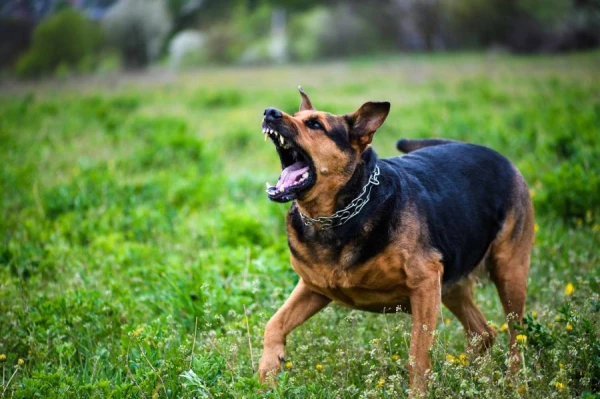
Dogs not only communicate their size through growling but can also 'inflate' it during play.
Ethologists studying animal behavior from Eötvös Loránd University in Budapest conducted research to determine how a dog's growl affects other dogs. It turned out that the effect varies depending on whether the dog is growling during play (for example, when it is tugging on a favorite toy with its owner) or protecting its food. This is, in general, expected, but what exactly is the difference?
The researchers played recordings of 'food' and 'play' growls from other dogs that were not part of the experiment, and simultaneously displayed two visual stimuli: life-size photographs of dogs. One photograph corresponded to the acoustic characteristics of the growl (dependent on the length of the vocal tract), while the other was depicted in an enlarged size compared to the dog that 'growled' in the recording. The experimenters recorded which image the participating dog would focus on upon hearing the recording.
For the 'food growl', the participating dog paid attention to the dog of corresponding size. However, during 'play' growling, it looked at the photograph of a larger dog, even if a smaller dog was actually growling. The results of the study, published in the latest issue of Applied Animal Behaviour Science, show that in a real conflict situation, dogs 'growl about their size more honestly'.
Many signals are known through which animals exaggerate their size in contact with competitors or opponents. However, the opposite phenomenon—'exaggeration' for peaceful purposes and 'honesty' in conflict situations—has been recorded by researchers for the first time. Perhaps if a beagle tries to portray a labrador while protecting its food, it could lead to injuries. However, in play, a small dog risks nothing by pretending to be large, as the other participant in the game sees its real size and is able to 'appreciate the joke', acting cautiously.
The authors of the study suggest that, overall, exaggeration is part of the arsenal of 'play signals' characteristic of social animals, representing behavior that does not correspond to reality. For example, in a pack of playing coyotes or wolves, alpha males may switch roles with weaker individuals: falling on their backs in a submissive posture or running away, which they never do 'in the real world'. Such signals serve coyotes, jackals, wolves, and dogs to agree: 'this roughhousing, chasing, and nipping is just play'.

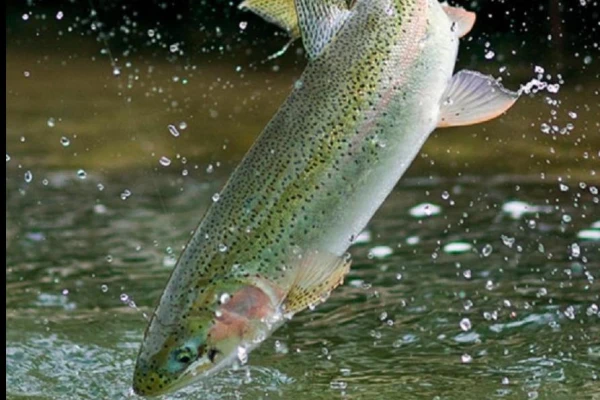
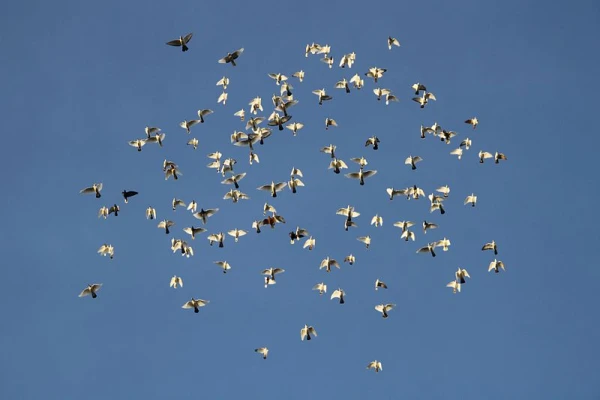
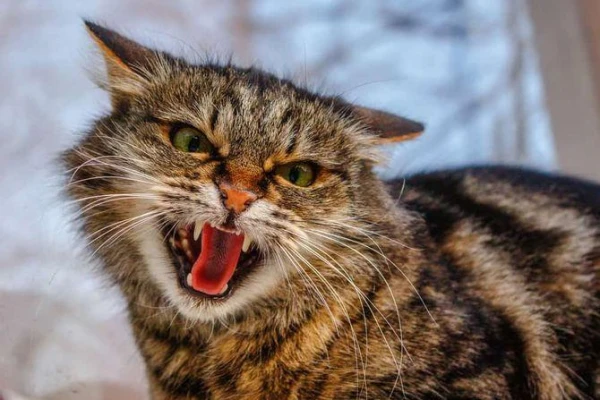
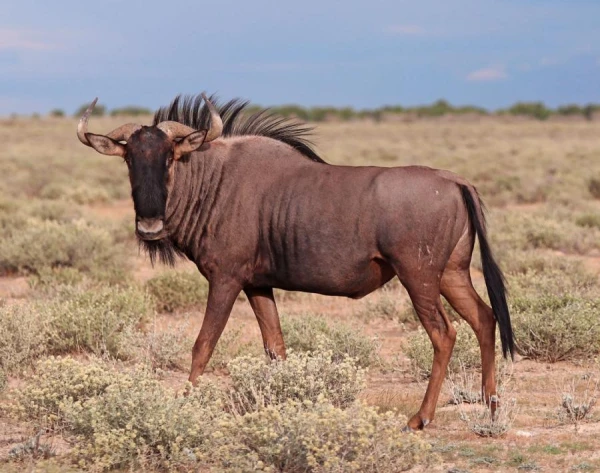
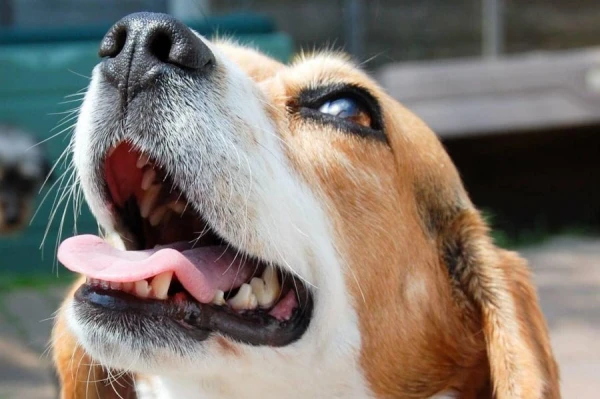
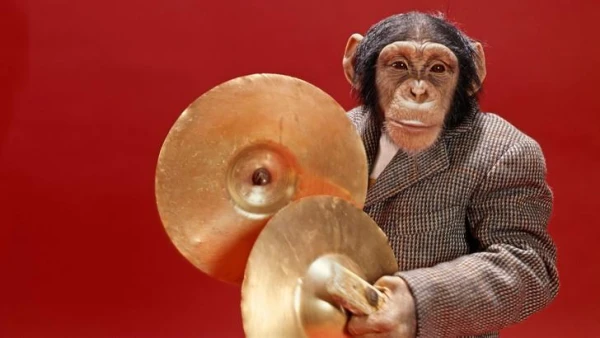
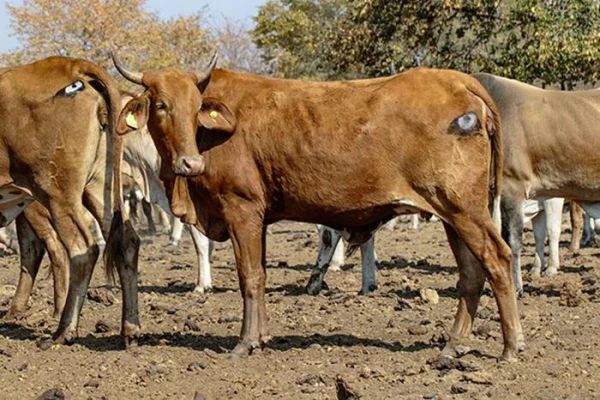






Leave a comment